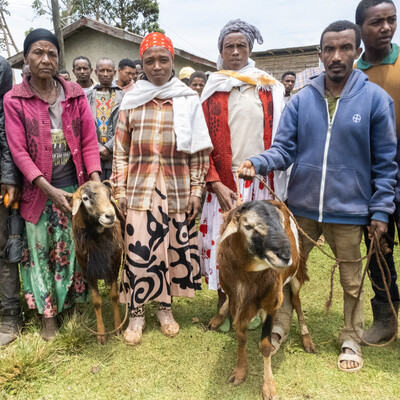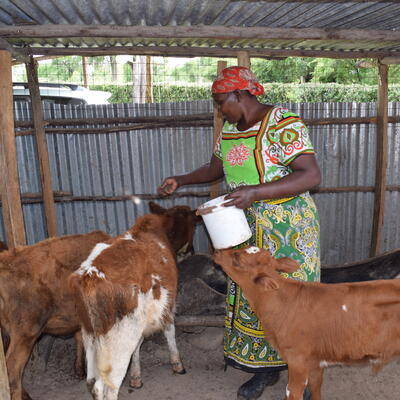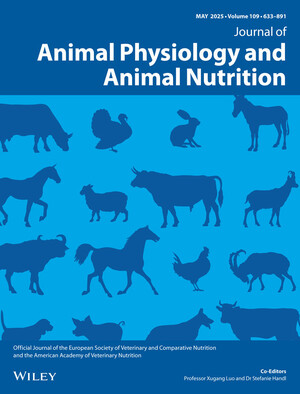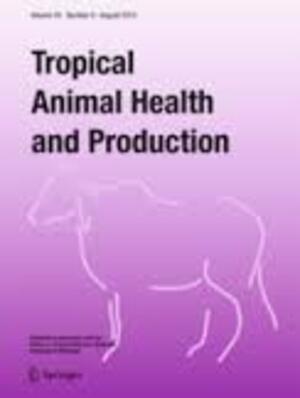
Small ruminant value chains as platforms for reducing poverty and increasing food security in dryland areas of India and Mozambique
The goal of the project is to increase incomes and food security in a sustainable manner by enhancing pro-poor small ruminant value chains in India and Mozambique while the objectives are (1) to pilot sustainable and replicable organizational and technical models to strengthen goat value chains in India and Mozambique that increase incomes, reduce vulnerability and enhance welfare amongst marginalized groups, including women and (2) to document, communicate and promote appropriate evidence-based model(s) for sustainable, pro-poor goat value chains.
The main target groups in India and Mozambique are poor small ruminant (mainly goat) keepers, especially women, in arid and semi-arid areas. This includes small-scale agro-pastoralists who cultivate small plots of land, as well as the landless. In both cases, a high degree of dependence on common property resources is a key feature.
The project aims to transform subsistence-level goat production to a viable, profitable model- increasing incomes and thereby reducing poverty and enhancing food security, while preserving community and national resource systems. In addition to goat keepers, beneficiaries will include other goat value chain actors, including small-scale traders, input and service providers.
================================================================================
The Goat Gamble
By Kumar Sambhav Shrivastava. Published in the online science and environment magazine, Down To Earth (December 2010)
"It has been a slow and steady shift over decades. Forced by declining returns from farming in ecologically fragile areas, small farmers have been taking to goat rearing. Today, goats ensure income to five million households in India. It is now bonanza time, with demand for goat meat projected to shoot up. India will have to almost double its goat population in 10 years. Government is encouraging goat rearing. But no one considered one question: where will the goats graze? Over the past 50 years land available for grazing has shrunk by half and forests are reportedly overgrazed. If India does not secure its pastures, goats might turn from an asset to a liability, reports Kumar Sambhav Shrivastava"



















